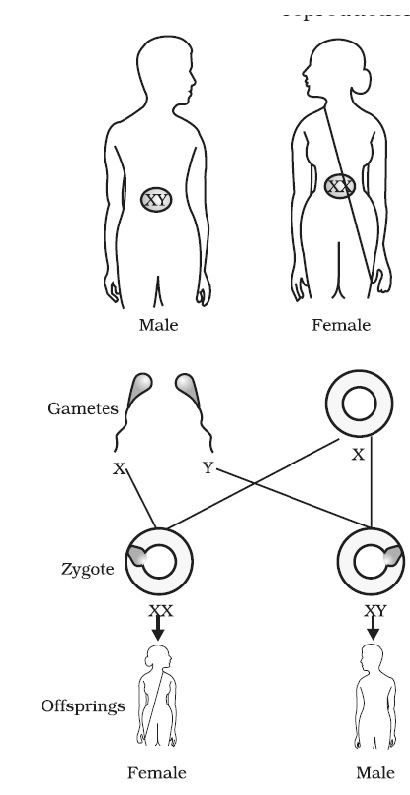The fertilizers of biological origin that don’t contain any chemicals detrimental to the living soil are called as biofertilizers.
A number of biofertilizers is being used in crop- fields for increasing agricultural productivity. They are extremely beneficial in enriching the soil with those micro-organisms, which produce organic nutrients for the soil and help combat diseases.
It is due to the application of biofertilizers that the farm produce does not contain traces of hazardous and poisonous materials. Thus, those products are accepted across the world as Organic ones. Hence, the application of biofertilizers is mandatory for organic farming. Examples of biofertilizers –
- For Nitrogen
(i) Rhizobium for legume crops.
(ii) Azotobacter/Azospirillum for non legume crops.
(iii) Acetobacter for sugarcane only.
(iv) Blue –Green Algae (BGA) and Azolla for low land paddy.
- For Phosphorous
Phosphatika for all crops to be applied with Rhizobium, Azotobactor, Azospirillum and Acetobacter
- For enriched compost
(i) Cellulolytic fungal culture
(ii) Phosphotika and Azotobacter culture
Some of the biofertilizers commonly used in agriculture to make it sustainable are introduced here as under-
- Phospho- biofertilizers: This type of biofertilizers releases insoluble phosphorus in soil and fixes this phosphorus in clay minerals that are of great significance in agriculture.
- Rhizobium Culture: Rhizobium Bacterial Culture plays a very important role in agriculture by inducing nitrogen fixings nodules on the roots of legumes such as peas, beans clover and alfalfa.
- Azotobactor: Azotobactor is a bacterial species that lives in the soil and helps in fixing the atmospheric nitrogen in the soil and making it available to the plants. Atmosphere contains 78% nitrogen. A part of this nitrogen is utilized in nature by leguminous plants with the help of some species of bacteria that contribute to the process of nitrogen fixation. Nitrogen is a very important nutrient for plant growth. Also, it protects the roots from other pathogens present in the soil.
- Trichoderma: It is a non- pathogenic fungal species and, as a biofertilizers- an eco-friendly product. The product is antagonistic hyper parasitic against different pathogens in the field and economically well established biocontrol agent.
- Composter: (Decomposing Culture): A combination of decomposing microorganisms, composter breaks down any organic matter such as dead plants farm yard waste, cattle waste etc. thereby increasing the soil productivity.
- Tricho-Card: Trichogramma is an efficient destroyer of eggs of many leaf and flower eaters, stems, fruit, shoot borers etc. It can be used in a variety of crops as well as in horticultural and ornamental plants, such as sugarcane, cotton, brinjal, tomato, corn, jawar, vegetables, citrus, paddy apple etc.
- Vermi Compost: This is compost prepared through the biological decomposition of biodegradable waste with the help of worms, especially the earthworms. It is 100% pure eco-friendly organic fertilizer containing nitrogen phosphorus, potassium, organic carbon, sulphur, hormones, vitamins, enzymes and antibiotics which help to improve the quality and quantity of yield. It is the best manure to be applied to soil for the repair of losses caused due to continuous application of excess quantities of synthetic chemical fertilizers.
- Biocompost: This biofertilizers is prepared from the waste of sugar industry which is enriched with various plants and human friendly microorganisms like bacteria and fungi. It consists of nitrogen, phosphate solubilizing bacteria and various useful fungi. Benefits from the Application of organic Fertilizers or Biofertilizers
- The application of organic fertilizers or biofertilizers helps to increase crop yield by 20-30%.
- It is helpful in Replacing chemical nitrogen and phosphorus by 25%.
- Biofertilizers stimulate plant growth.
- These fertilizers activate the soil biologically.
- These fertilizers restore natural soil fertility.
- These fertilizers provide protection against drought and some soil borne diseases.




